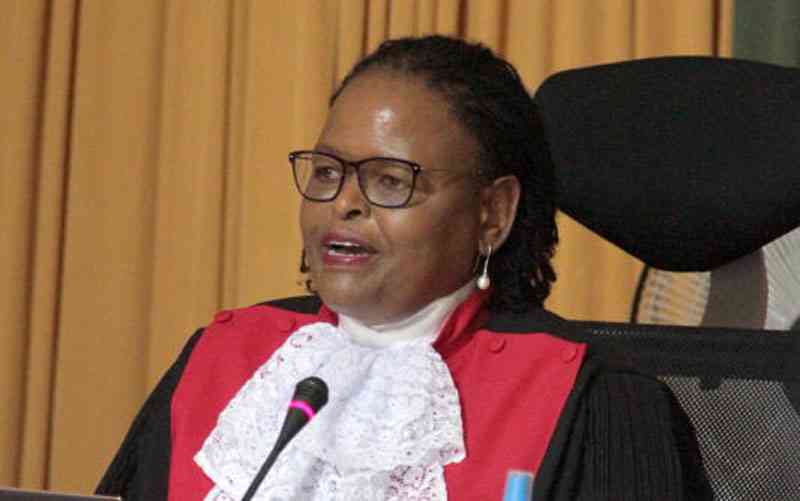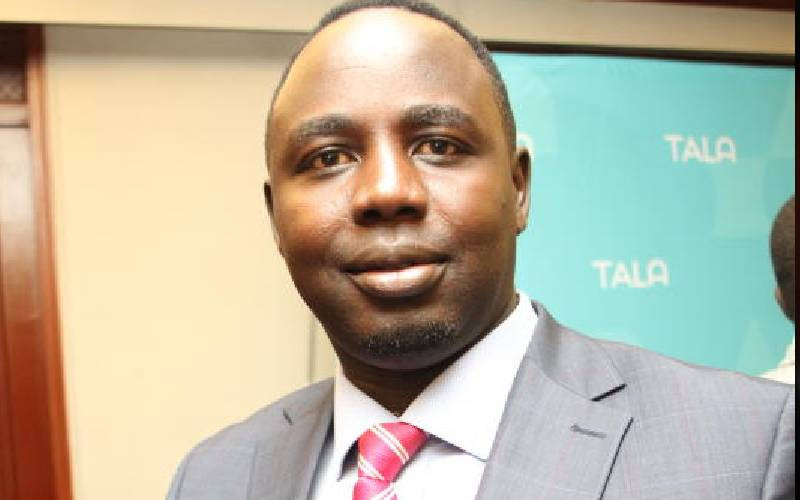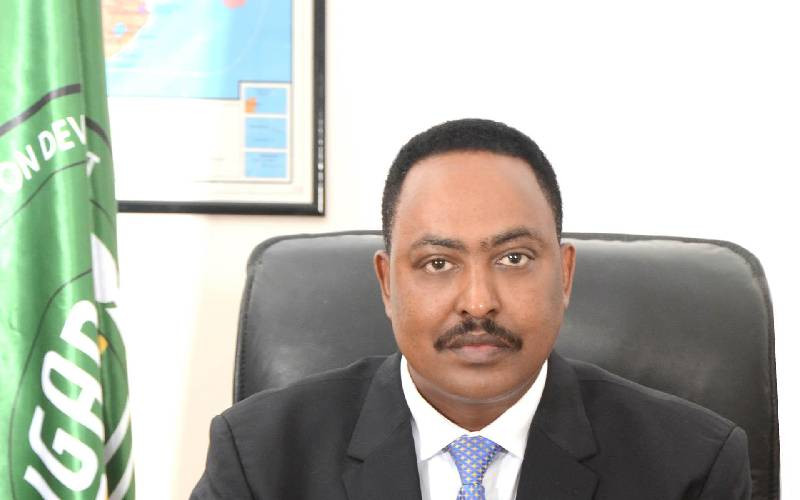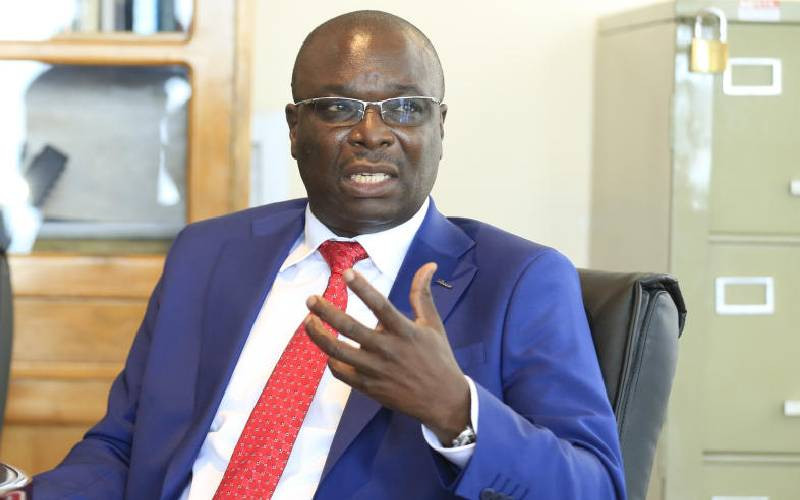
Over the years, Kenya's Supreme Court, with its seven-judge bench led by the Chief Justice, has delivered landmark rulings marked by a remarkable degree of unanimity.
For many of us watching from the outside, questions linger. How do they arrive at these decisions?
Chief Justice Martha Koome describes the decision-making journey as one that begins with intense individual preparation.
Each justice, paired with a dedicated law clerk, delves into a case’s full background to gain a clear understanding of the legal issues at hand and the arguments awaiting them.
"Every individual judge has to read the file and research on the issues that have been raised. Each judge is assigned a law clerk who assists with the research," said Koome.
"They prepare bench memos for each of the justices, that summarises the case, puts together the issues,” she adds.
Following this groundwork, the justices gather for a pre-hearing conference.
In this critical meeting, each member of the bench shares their initial views, outlines anticipated challenges, and sets objectives for what to scrutinize during the hearing.
This stage allows them to align on key aspects and prepare for areas that may require deeper examination.
With these insights in place, the seven-judge bench proceeds to the first hearing, ready to engage, question, and weigh the arguments that will ultimately shape their collective decision.
After the hearing, Koome notes that the justices will reconvene—sometimes for days, even weeks—to deliberate further.
"It is in these conferences that we look at the various scenarios, various understanding, various research and the law. Then we tackle issue by issue and decide if we are agreeing on it or not," she said.
At this stage, each justice has the floor to present their perspective. When they reach a consensus on all issues, a unanimous judgment is issued.
In cases where there is disagreement, Koome explains that the judge with a differing opinion is tasked with writing a dissenting judgment on the specific points of contention.
When debates become particularly complex, the justices may adjourn to conduct further research, resuming discussions once everyone has revisited the matter.
Stay informed. Subscribe to our newsletter
Each justice then has another chance to express their insights, with the Chief Justice offering her final input. This structure ensures that every voice is heard and that every decision—whether unanimous or divided—is grounded in thorough deliberation and mutual respect.
After deliberating, the seven justices then work toward a unified ruling, which is documented in writing.
Chief Justice Koome explains that while their conclusions are often aligned, the paths each justice takes to reach those conclusions can differ significantly.
Recalling the Building Bridges Initiative (BBI) case, Koome noted that when each judge initially drafted their own version of the ruling, it resulted in more than 1,000 pages.
“The BBI taught us a lesson that if we agreed on the issues, then we can just have one composite judgement. It is easier for everyone including the citizens," said the CJ.
To simplify matters, the bench now aims to consolidate their perspectives into a common ruling, which they then present in court.







